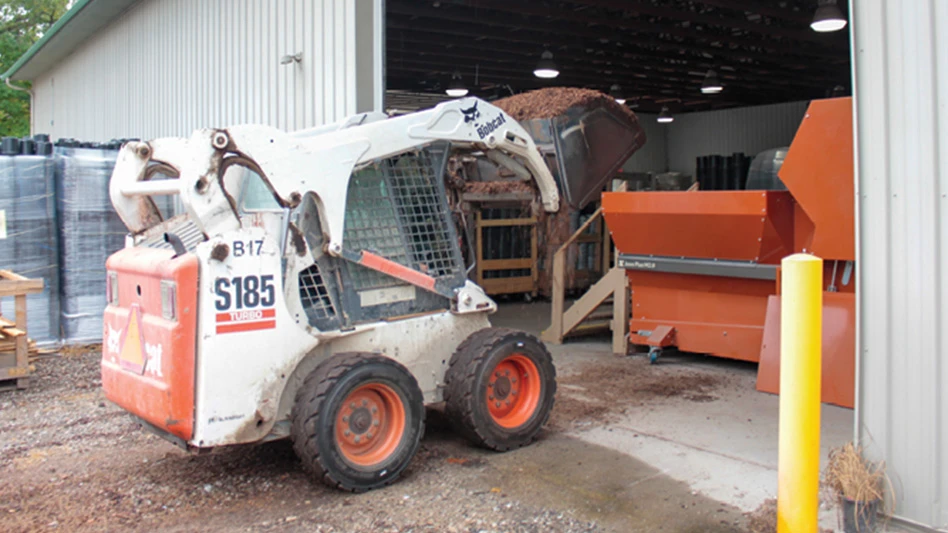
Weather preparedness isn’t always about planning for the worst case scenario. More often than not, it is about making a plan that works for your business and protects you from the more likely scenario of dealing with a small amount of weather damage.
“The probability of complete destruction of property is small when considering weather related events,” says Eric Jones, a senior property claims representative at Hortica®, a brand of the Sentry Insurance Group. “But one should always consider the consequential damage that can occur, such as crop exposure from an open roof or interruption of business due to the condition of structures.”
It is important to have a plan to minimize the impact damage could have to both property and business while also being prepared if a doomsday situation ever does occur.
Be ready for every outcome
When considering a weather preparedness plan, identify all possible weather scenarios that could affect your area. Different regions are subject to different exposures. You should make a plan that allows you to react swiftly if damage occurs. Having a plan in place also means having a safety protocol for employees and assigning workers specific tasks in order to prevent extra damage. Also have a backup plan if electricity, water and/or other utilities are lost.
Being weather prepared also means having necessary materials like replacement plumbing parts, portable heaters, rolls of poly and other items to minimize the impact of damages. But it also entails regularly testing backup equipment like generators, pumps and manual equipment operation that will be essential to keep your facility up and running after inclement weather strikes.
“Be prepared to deal with the type of damages you are likely to have,” Jones says. “Make sure that people are aware of their duties.”
It is also important to inspect your structures ahead of time to know what damage already exists and surveying your property for anything that could cause even more harm. For example, be sure to maintain healthy trees on your property. Just one big storm can break branches or even uproot entire trees, causing damage to your structures or electricity sources.
Understand your options
After you have a plan in place, it’s essential to review it every few years – if not more often. If your operation has a high employee turnover rate or seasonal workers, review your plan with staff regularly and update it as needed. It’s also smart to modify your plan if you expand and/or build new structures. And if damage occurs, contact your insurance carrier’s Claims Department right away.
If a situation does become overwhelming or if you have doubts about your company's weather preparedness, talking to your agent or Loss Control personnel is another great resource. Having a full comprehension of your policy and options is arguably just as important as having a plan in the first place.
Jones says, “Understand the coverage you have on your structures, the coverage that you have for your stock, and the coverage that you have for your income. Make sure that you are adequately covered.”
For more information, visit www.hortica.com
Photo: Dreamstime.com
Disclaimer: This document is of a general nature and is not intended to address the circumstances of any particular individual or entity. No one should act on the information contained in this document without advice from a local professional with relevant expertise.
Disclosure: Hortica® property and casualty coverages are underwritten, and loss control services are provided, by Florists' Mutual Insurance Company and Florists' Insurance Company, members of the Sentry Insurance Group. For more information, visit hortica.com. Policies, coverages, benefits and discounts are not available in all states. See policy for complete coverage details.
Latest from Garden Center
- Leading Women of Horticulture: Emily Showalter, Willoway Nurseries
- Garden Center 2025 Top 100 IGCs List open for submissions with new judging criteria
- Meet the All-America Selections AAS winners for 2025
- AmericanHort urges exclusion of sphagnum peat moss from proposed Canadian tariff
- VIDEO: Garden Center's 2024 State of the Industry Report
- The Growth Industry Episode 2: Emily Showalter on how Willoway Nurseries transformed its business
- Farwest Show calls for 2025 New Varieties Showcase entries
- Oregon Nurseries Hall of Fame member Jack Bigej passes away





